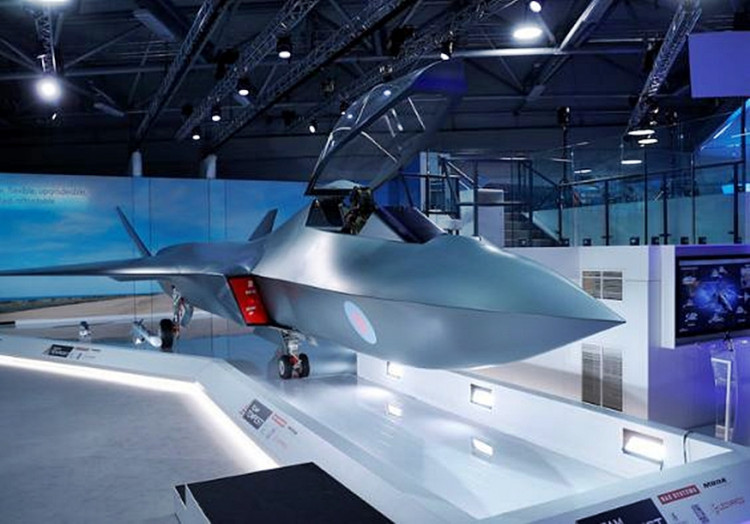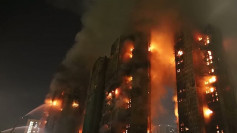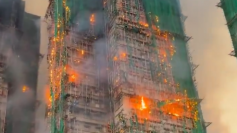The legendary Royal Air Force (RAF) has become the first air force in the world to unveil a full-scale model of a sixth-generation jet fighter -- the "BAE Systems Tempest."
China does not have a sixth-generation fighter in the works, and its Chengdu J-20 fifth-generation jet fighter is being labeled a stealth jet only in name.
Unveiled at last week's Farnborough Air Show in the United Kingdom, the same size model was impressive in appearance with its blended contours suggesting a stealth capability and the twin rudders a bonus for maneuverability (at the expense of stealth, however). And the model did remind many of the Lockheed Martin F-35 Lightning II Joint Strike Fighter.
But appearances are where the similarity of the Tempest to the F-35 ends since the former will feature futuristic technologies not present in the latter, like combat lasers that can shoot down aircraft.
UK Secretary of State for Defense Gavin Williamson revealed the Tempest full-sized model in front of an awed audience at Farnborough. He said Tempest, which shares the same name as the famous "Hawker Tempest" fighter-interceptor of World War 2, will be manufactured by Team Tempest consisting of the UK Ministry of Defense; BAE Systems, Rolls-Royce; Leonardo S.p.A. (the world's ninth largest defense contractor) and MBDA (the multinational maker of air-to-air missiles).
"This is a strategy to keep control of the air, both at home and abroad, to remain a global leader in the sector," said Williamson. "We have been world leader in the combat air sector for a century, with an enviable array of skills and technology, and this strategy makes clear that we are determined to make sure it stays that way."
Williamson said the UK has committed $2.65 billion to develop the fighter through 2025. Thereafter, the UK will make a decision about the Tempest's future. Williams said the jet should be operational by 2035 if all goes to plan.
"We are entering a dangerous new era of warfare, so our focus has to be on the future," said Williamson after unveiling the fill-sized model.
The most startling revelation made by Williamson is tjat Tempest might have an unmanned version armed with lasers. This "fighter drone" will also be able to control a number of unmanned aerial vehicles (UAVs) that will serve as its wingmen.
Some of these features, however, might be abandoned during further developments since cramming all of these in single project makes the barrier for success extremely high. Although the concept sounds extremely promising, the level of ambition could make actual development and production problematic, according to experts.
Tempest is the UK's response to the new Franco-German sixth generation fighter, whose development was announced last week. France and Germany said they're cooperating to build an advanced "European" fighter to replace Dassault Aviation's Rafales and Germany's Eurofighter Typhoons.
The U.S. Air Force and U.S. Navy each have their own concept for a sixth-generation fighter. The Air Force calls its sixth-gen jet "Penetrating Counter Air" or PCA while the Navy hasn't named its new baby.
What the Navy has revealed, however, is that this new carrier-borne fighter can reach hypersonic speed and will also be capable of controlling UAVs. The Air Force is still figuring out the exact kind of beast it wants PCA to be, but it might also go hypersonic.






